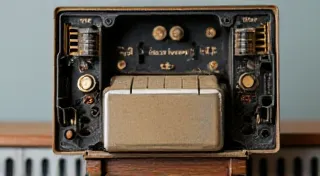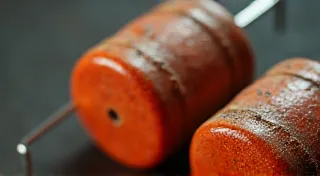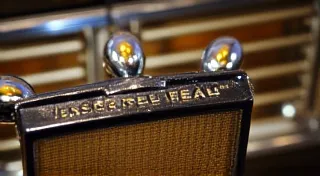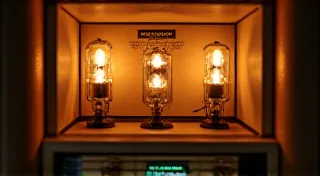Bakelite Radio Restoration: Preserving the Iconic Material
Bakelite. The name itself evokes a sense of history and timelessness. It’s a material intrinsically linked to the golden age of radio, appearing in countless antique tube radios, from imposing console models to charming table-top sets. While durable, Bakelite presents unique restoration challenges. Understanding its properties and implementing careful techniques is crucial for preserving these beautiful pieces of vintage electronics.
What is Bakelite? A Brief History
Bakelite, invented by Leo Baekeland in 1907, was the first truly synthetic plastic. It’s a thermosetting phenolic resin, meaning it hardens permanently and cannot be melted or reshaped. This property, combined with its electrical insulation capabilities, made it an ideal material for radio cabinets during the 1920s and 1930s. Its relative affordability also contributed to its widespread adoption.
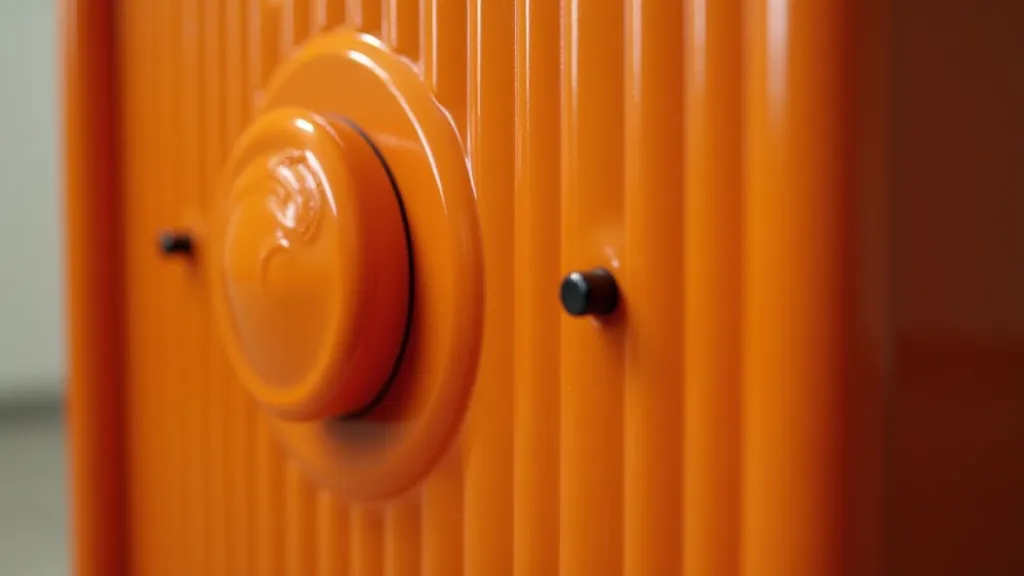
Common Issues with Bakelite in Radio Restoration
While strong, Bakelite is not invincible. Here's what you're likely to encounter:
- Cracking and Crazing: This is the most common problem. It appears as a network of fine cracks on the surface, often caused by temperature fluctuations, exposure to solvents, and simply the passage of time. It’s a cosmetic issue that doesn’t usually affect the structural integrity, but can detract from the radio’s appearance.
- Shrinkage: Bakelite tends to shrink slightly over time. This can lead to hairline cracks or gaps in joints between cabinet sections.
- Brittleness: Older Bakelite can become brittle and prone to chipping or breaking if handled roughly.
- Solvent Sensitivity: Bakelite is susceptible to damage from many common solvents, cleaners, and polishes. These can soften or discolor the material.
Cleaning Bakelite: Gentle is Key
The first step in any Bakelite restoration is gentle cleaning. Here's a safe approach:
- Dusting: Remove loose dust and debris with a soft brush or microfiber cloth.
- Mild Soap and Water: Use a very mild soap (like dish soap diluted in water) and a soft cloth to wipe down the surface. Rinse with clean water and dry thoroughly.
- Avoid Harsh Chemicals: Never use acetone, lacquer thinner, ammonia, or any abrasive cleaners. These will damage the Bakelite.
- Testing First: When in doubt, test any cleaning solution on a small, inconspicuous area first to ensure it doesn't cause discoloration or softening.
Repairing Cracks and Crazing – A Careful Approach
Directly “repairing” crazing is difficult and often ineffective. Fillers tend to look artificial and can crack themselves. For significant cracks, stabilization is often the best approach.
- Stabilization: Specialized Bakelite consolidants, available from radio restoration suppliers, can penetrate the material and help stabilize the crazed areas. Follow the manufacturer’s instructions carefully. These are thin liquids, sometimes containing resins, that gently reinforce the material.
- Filler (with caution): For larger cracks, a compatible filler designed for Bakelite (again, from a specialty supplier) can be used. Apply in thin layers, allowing each layer to dry completely. The goal is to minimize the visibility of the crack, not to completely erase it. Matching the color precisely is almost impossible, so a slight difference may be unavoidable.
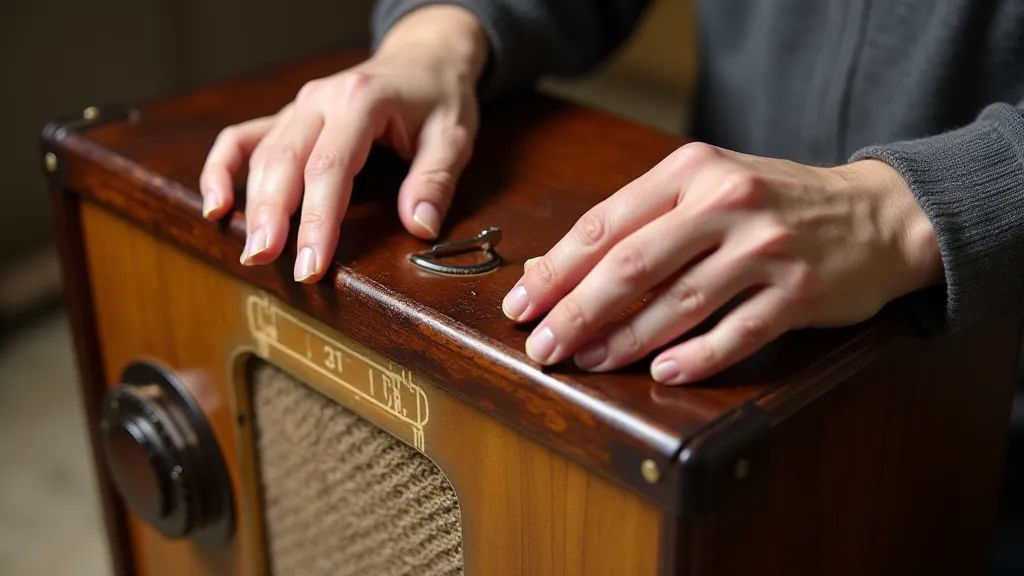
Polishing Bakelite: To Shine or Not to Shine?
Polishing Bakelite is a contentious issue. Some restorers believe that leaving it with its original, slightly aged patina is the best approach. Others prefer a subtle shine. If you choose to polish, proceed with extreme caution:
- Specialized Bakelite Polish: Use only polishes specifically designed for Bakelite. These are less aggressive than general-purpose polishes.
- Gentle Application: Apply the polish sparingly and buff gently with a soft cloth.
- Avoid Heat: Excessive heat can damage Bakelite, so avoid rubbing too vigorously.
Preserving Bakelite: Long-Term Care
Once your Bakelite radio is restored, proper storage and handling are essential for preserving its beauty:
- Avoid Extreme Temperatures: Don't expose the radio to direct sunlight or extreme heat.
- Humidity Control: Maintain a stable humidity level to prevent warping or cracking.
- Handle with Care: Avoid unnecessary handling, especially if the Bakelite is brittle.
- Regular Dusting: Gently dust the radio regularly to prevent buildup of dirt and grime.
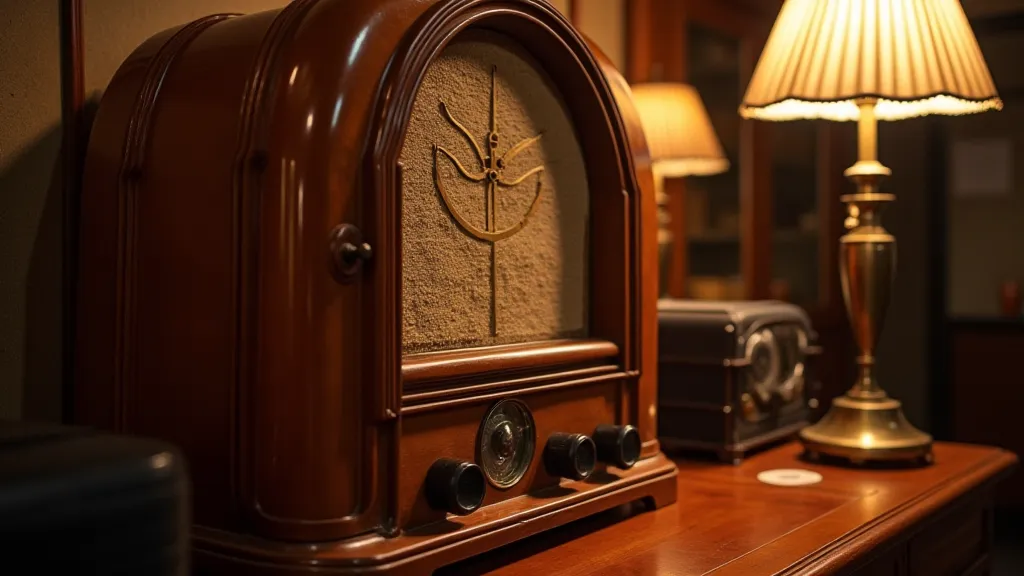
Restoring a Bakelite radio is a rewarding experience. By understanding the material's unique properties and employing careful techniques, you can preserve these iconic pieces of vintage electronics for generations to come.
